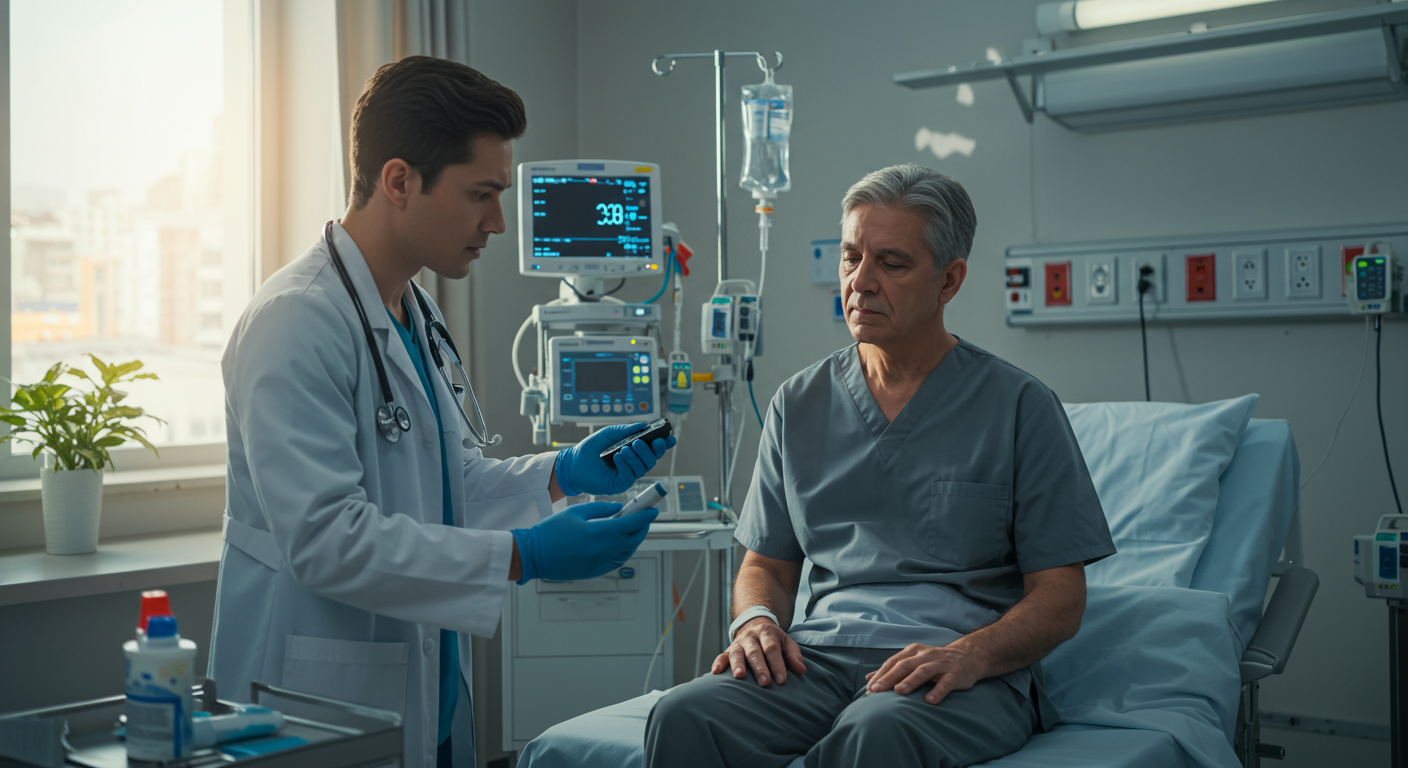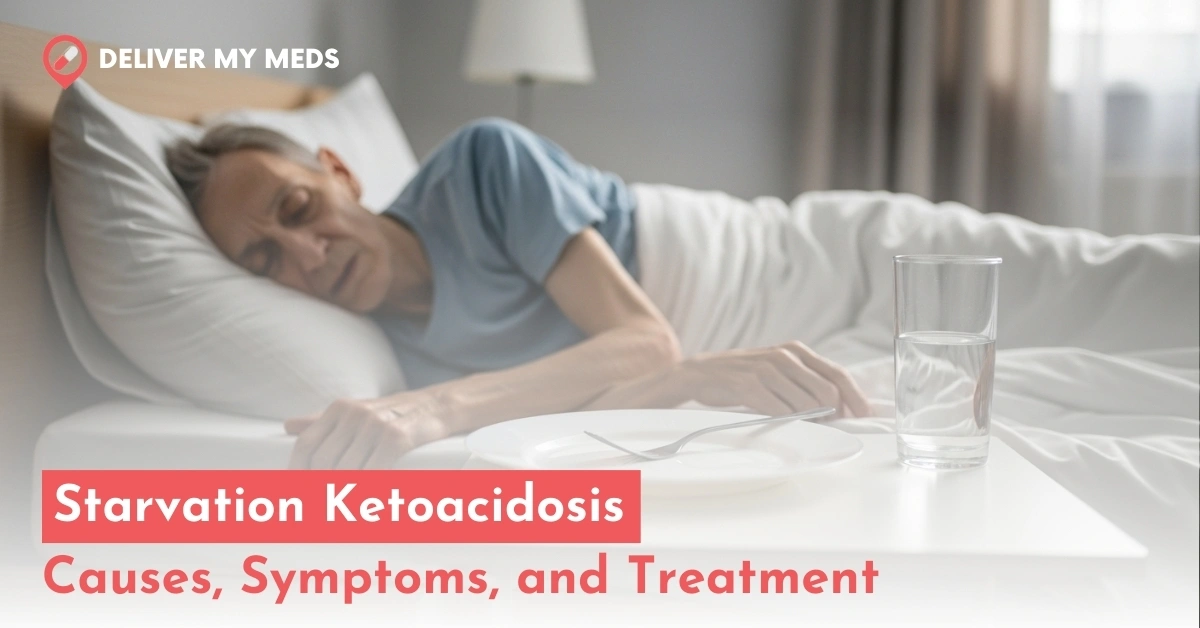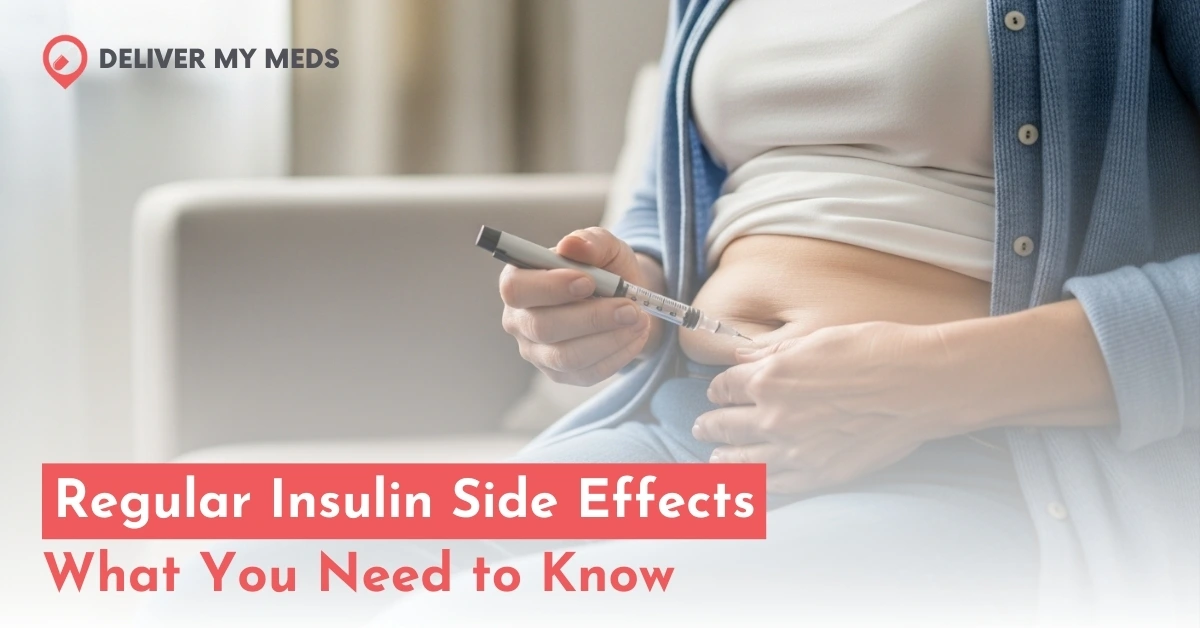
Diabetic emergencies can be pretty overwhelming. They are conditions that occur at any given time when the sugar level in your blood either becomes too low or too high. Below is a simple guide on how to understand diabetic emergency and manage them effectively.
What is a Diabetic Emergency?
A sudden and severe turn of the blood sugar level of a diabetic person can cause a diabetic emergency. Primarily, there are two kinds of diabetic emergencies: hypoglycemia and hyperglycemia.
Low Blood Sugar: Hypoglycemia
Hypoglycemia is the term used for low blood sugar. This diabetic emergency occurs when a person with diabetes takes excess insulin, skips a meal, or exercises intensely without adjusting their insulin.
Symptoms of diabetic emergency Hypoglycemia:
- Shakiness
- Sweating
- Confusion
- Irritability
- Dizziness
Quick Actions for Hypoglycemia:
- Blood Sugar Test: If possible, test blood sugar to confirm suspicion of low blood sugar.
- Sugar Intake: Ingest food or liquid containing sugar: Juice or candy.
- Wait and then Retest: After 15 minutes, retest and repeat if necessary.
Call 911 immediately if severe symptoms of diabetic emergency are present or if unconsciousness occurs. If not awake and alert, give them NOTHING to eat or drink as they may choke.
Hyperglycemia: High Blood Sugar
Hyperglycemia is a condition with too much sugar in the blood. This can occur because of too little insulin taken by a diabetic patient, but at times, even due to too much sugar intake. Symptoms of Hyperglycemia include the following:
- Extreme thirst
- Increased urination
- Fatigue
- Blurred vision
What to Do Immediately for Hyperglycemia:
- Check Blood Sugar: Use a glucose meter to confirm the high blood sugar level.
- Administer Insulin: If prescribed by your health professional, take insulin as directed.
- Stay Hydrated: Drink plenty of water to help your body eliminate excess glucose.
Consult immediately with your doctor if you are suffering from continuous high blood glucose or your symptoms keep on worsening. If the hyperglycemia is left untreated, then severe hyperglycemia may give birth to serious complications.
Diabetic ketoacidosis DKA
Diabetic ketoacidosis is a condition that arises when diabetes becomes out of control, causing the body to produce high amounts of blood acids called ketones. The body always produces ketones when body fat is used as energy instead of glucose. While the production of ketones is ongoing, these ketones may initiate body poisoning and render blood too acidic. Thus, it hampers the standard functioning parts of the body and raises the risk of serious life-threatening complications.
Symptoms of DKA
-
- High Blood Sugar Levels: In general, exceed the level of 250 mg/dL.
- Presence of Ketones in Urine or Blood: It can be found through home test kits.
- Frequent urination: This is to eliminate excess glucose in the blood.
- Severe thirst: Because dehydration has kicked in.
- Fatigue and Weaknesses: Because one is all knackered.
- Nausea or Vomiting: May cause stomach pain.
- Fruity-smelling Breath: Odors typical of ketones.
- Confusion or Inability to Concentrate: The patient is clear or confused.
Diabetic emergency treatment of DKA
Significantly, the treatment of DKA should not be given much ado. The goals of the therapy are simply to:
- Replace Fluids: Intravenous fluids rehydrate the body incredibly dilute blood sugar.
- Administer Insulin: It reduces blood sugar levels and consequently turns off ketone production.
- Correct Electrolyte Imbalances: It is essential to replace electrolytes such as potassium.
- Monitoring the vital signs: One must always check for blood glucose and ketones along with general conditions.
Get Emergency Help
Sometimes, diabetic emergency symptoms do require professional medical help. One must call the emergency services:
- If the person is unconscious or unresponsive.
- If the symptoms fail to improve after the initial treatment.
- You remain uncertain about how to handle the situation.
Prevention Tips
Stable diabetes will not lead to the development of diabetic emergencies. Follow these suggestions for diabetic emergency treatment
-
- Blood Sugar Monitoring: Follow your health professional’s advice regarding blood sugar monitoring. Monitor your blood sugar level continuously with DMM Devices that are available on our website at Diabetes Products Online | Fast Delivery From Delivermymeds
- Healthy Nutrition: Eat as instructed in your diabetic management plan, which will help maintain blood sugars as near to normal as possible.
- Medication Administration: Do as your doctor prescribes insulin or other medications.
- Regular exercises: Do regular aerobic exercises that can help to maintain the blood sugar level.
Conclusion
Knowing the diabetic emergency symptoms, therefore, may make a difference by acting on them. Always be aware of your blood sugar levels and follow your treatment plan with extreme care. Only seek professional medical help if in doubt. The more you know the symptoms of diabetic emergency and prepare, the stronger your position concerning managing diabetes. Further, for continuous monitoring of glucose without frequent finger pricking use DMM Devices. To get these devices visit our website at Diabetes Products Online | Fast Delivery From Delivermymeds



